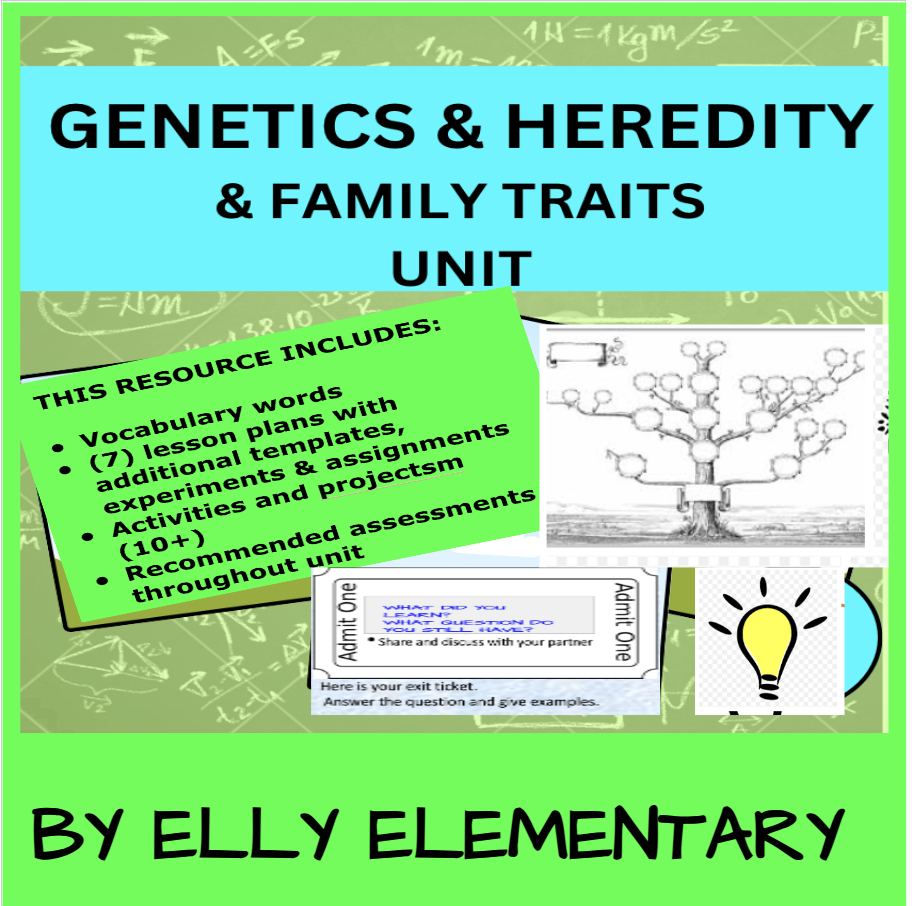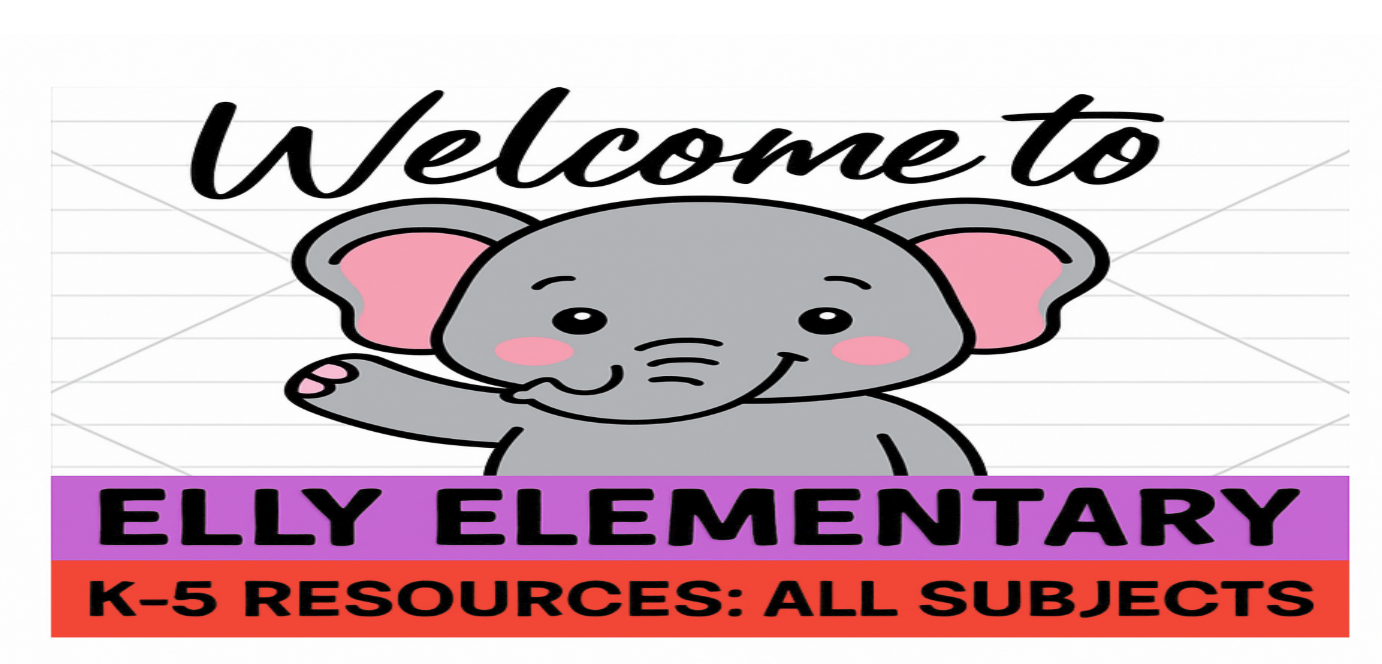Kids often enjoy learning about their families, traits, and heredity because it helps them better understand who they are and where they come from. Exploring family traits—such as eye color, hair type, or personality quirks—can feel like a fun discovery process, linking them to their relatives and heritage. It can also make abstract scientific concepts like heredity and genetics more personal and relatable, as they see these traits reflected in their own families. Additionally, learning about their family's past can foster a sense of identity, pride, and belonging.

Here are some fun activities to help kids learn about family traits and heredity:
- Family Trait Tree: Have kids create a family tree, but instead of just names, include physical traits (eye color, hair type, height). They can compare common features and learn about how traits pass through generations.
- Trait Bingo: Make a bingo card filled with different traits (e.g., dimples, curly hair, freckles). As kids ask family members about their traits, they can mark them off on the card. The first to get a bingo wins!
- Punnett Square Puzzles: Simplify Punnett squares by using family traits. Kids can predict possible combinations of traits they or their siblings might have, based on parent traits.
- Family Trait Chart: Create a chart where kids can document their family members' traits (e.g., handedness, eye shape) and observe patterns or variations across generations.
- "Guess the Trait" Game: Family members describe themselves using traits, and kids guess which family member it is. This game reinforces knowledge of inherited characteristics.
- Create Your Own Superhero: Kids design superheroes based on family traits, combining features from different family members. They can explain how those traits help their superhero.
- Interviewing Relatives: Have kids interview grandparents or other relatives about family traits or special talents passed down. This connects heredity with family history and makes it more personal.
- Genealogy Collage: Let kids gather family photos and make a collage, labeling traits shared by family members. It's a creative way to visualize connections and similarities.
These activities make learning about family traits and heredity fun, while encouraging curiosity about genetics and their own unique family background!
To explain DNA and heredity to a 4th grader, you can use simple language and relatable examples:
DNA is like a set of instructions inside every living thing. These instructions tell our bodies how to grow and what we will look like. Think of DNA like a recipe for making you! It decides things like your eye color, hair color, and even some of your personality. DNA is passed down from your parents, so you get some instructions from your mom and some from your dad.
Heredity is how these traits, or characteristics, are passed from parents to their children. For example, if your mom has curly hair and your dad has straight hair, you might get curly, straight, or wavy hair because of heredity. It’s like inheriting special parts of your parents that make you unique!
You can also compare DNA to a code that helps build everything in our bodies, and heredity is how that code gets passed from generation to generation.

Here are some fun activities for kids to share their family trees in class:
- Family Tree Posters: Each student creates a large poster with their family tree, including names, pictures, or drawings of family members. Kids can decorate the tree with traits (hair color, favorite hobbies, etc.). Afterward, students can present their posters and share fun facts about their families.
- "Family Tree Show and Tell": Students bring an item (like a photo or a family heirloom) related to their family and explain how it connects to their family tree. This can include stories about where their family comes from or a unique family tradition.
- Classroom "Forest of Trees": Each student creates a small family tree on paper, which is then hung up around the classroom to make a "forest" of family trees. During a gallery walk, students can walk around and look at each other's trees, leaving positive notes about things they learned.
- Family Tree Puzzle: Students make family trees on large puzzle pieces (one per family member) and bring them to class. They can assemble their puzzles in groups, presenting their family members and sharing one interesting trait or story for each person.
- Interactive Family Tree: Have students create family trees using online or interactive tools, like a digital template or slide show. In class, they can project their family tree on the board and explain it while using digital features like adding pictures or family crests.
- "Family Trait Detective": As students share their family trees, the class can become "trait detectives." The audience listens for specific traits (like blue eyes or left-handedness) and marks them on a class chart. Afterward, they can compare how common different traits are in the classroom!
- Ancestor Celebration: Create a special day where each student brings in a small snack or craft that represents their family's culture. Along with sharing their family trees, students can talk about how the snack or craft relates to their family's history.
- Class Family Tree: Create one giant family tree where each student adds a branch with their immediate family. This can help illustrate how everyone’s family is different, yet all part of a bigger community.
These activities make sharing family trees engaging and allow students to connect personally and culturally with their classmates.
Check out my store, Elly Elementary, for all yourr K-5th grade curriculum needs.
oin me on Facebook and Instagram. Let me know if you are looking for anything in particular. (Email: ellyelementary@gmail.com)
Have you learned about yourr family tree? What was your favorite part of learning about it?



Comments ()